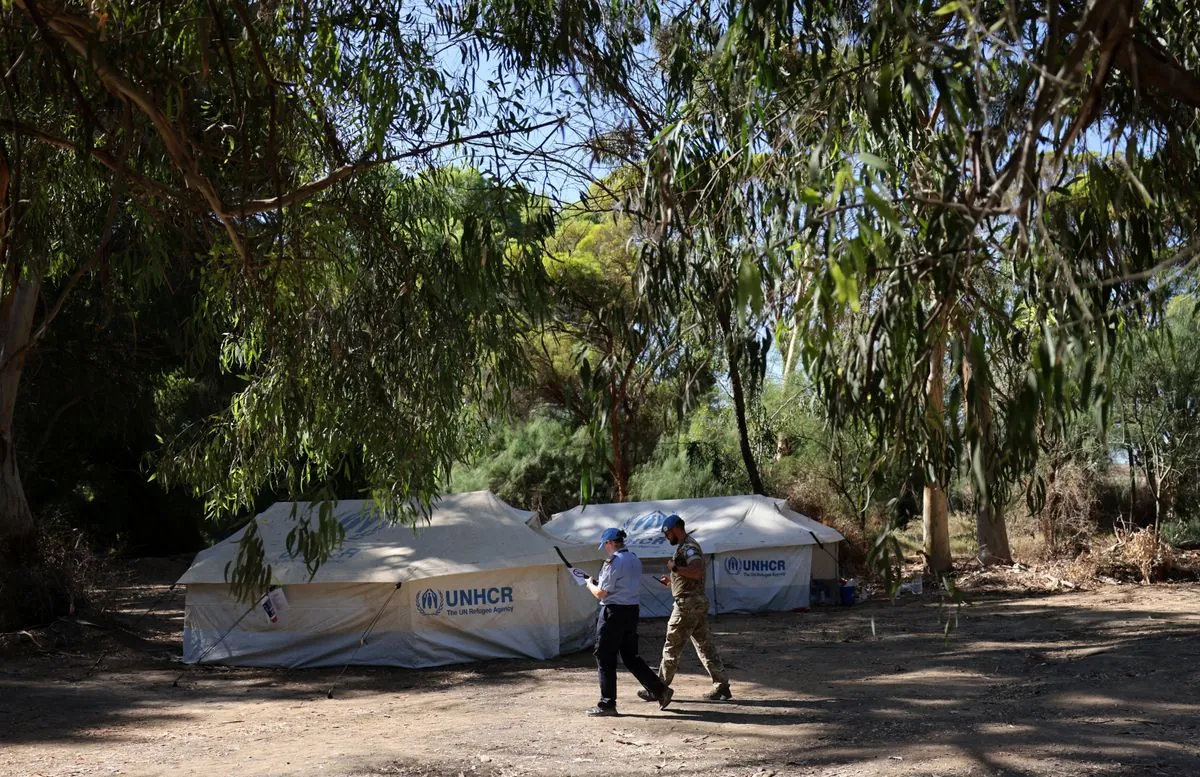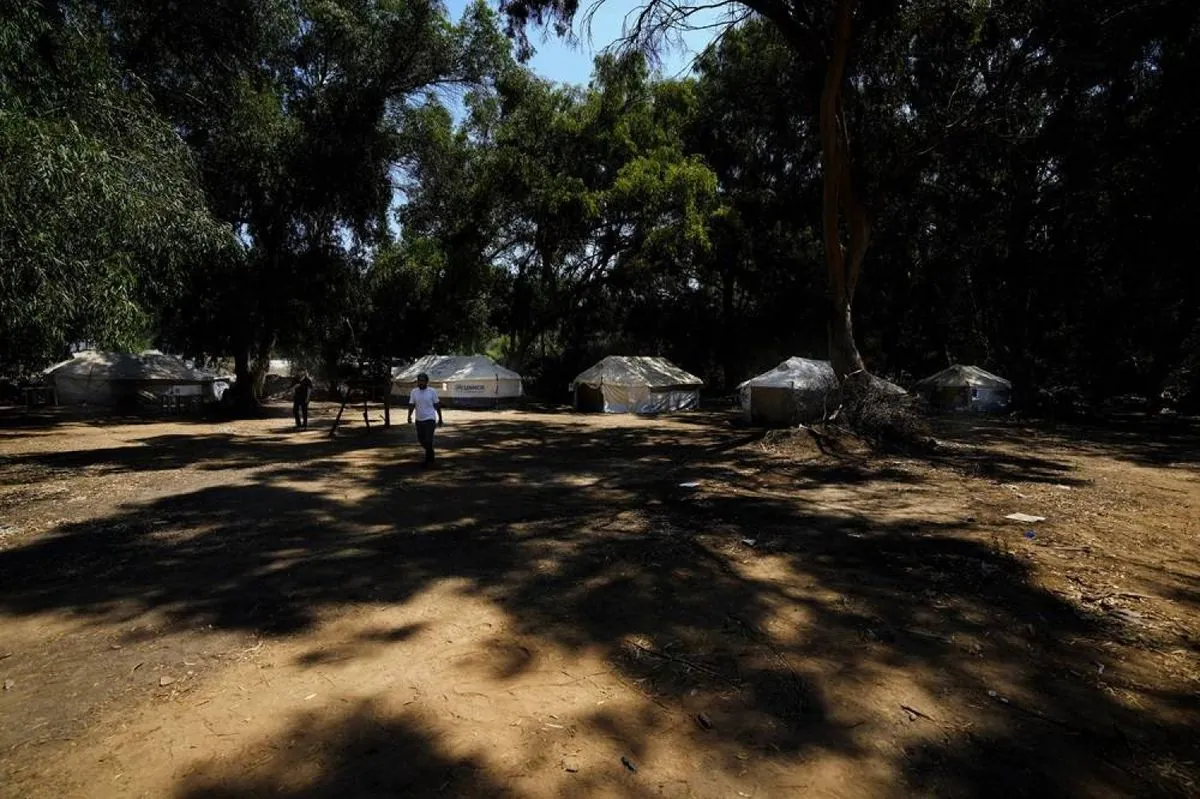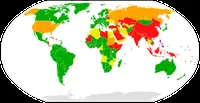UN Accuses Cyprus of Forcing Asylum Seekers into Buffer Zone
UNHCR reports 99 migrants pushed back into UN-controlled area. 76 remain stranded, including minors, facing deteriorating conditions. Cyprus defends actions, citing migratory pressures and legal complexities.

The United Nations High Commissioner for Refugees (UNHCR) has leveled serious accusations against Cypriot authorities, alleging the forcible return of asylum seekers to a UN-controlled buffer zone. This development highlights the ongoing challenges faced by the divided island in managing migration flows.
According to UNHCR spokesperson Emilia Strovolidou, between mid-May and August 8, 2024, approximately 99 individuals seeking asylum were reportedly pushed back into the buffer zone after crossing from the northern part of Cyprus. Of these, 76 people, including 18 minors, remain stranded in two locations near Nicosia, the capital city.
The situation in the buffer zone is becoming increasingly dire. Strovolidou emphasized that despite UN efforts to provide basic necessities, the asylum seekers face deteriorating physical and psychological conditions. Some individuals are survivors of gender-based violence and trafficking, while others suffer from serious illnesses.

Cyprus's unique geopolitical situation complicates the matter. The island has been divided since 1974, following a Turkish invasion in response to a Greek-backed coup. The buffer zone, established in 1964 and expanded in 1974, covers about 3% of the island's land area and varies in width from less than 20 meters to more than 7 kilometers.
Aleem Siddique, spokesman for the UN peacekeeping force in Cyprus, has called for an immediate end to the pushbacks. He stated that the UN has shared video evidence of these operations with Cypriot authorities, emphasizing that "the buffer zone is not a refugee camp."
The Cypriot government, represented by Deputy Minister for Migration Nicholas Ioannides, maintains that it is acting within legal boundaries. They argue that the buffer zone is not a formal border and that migrants arrive from Turkey, which they consider a safe country. The government cites "tremendous migratory pressures" as justification for their stance, aiming to prevent the buffer zone from becoming a route for irregular migration.
"Given the tremendous migratory pressures Cyprus is under, the government has adopted a principled stance to avoid turning the buffer zone into a route for irregular migration while offering humanitarian assistance to stranded migrants."
However, human rights lawyer Nicoletta Charalambidou contests the government's position. She has initiated legal action on behalf of 46 stranded migrants, arguing that Cyprus has an obligation to allow asylum applications and assess them individually.
The situation underscores the complex interplay between national security concerns and humanitarian obligations. Cyprus, which joined the EU in 2004, has one of the highest numbers of asylum applications per capita in the bloc. Its strategic location in the eastern Mediterranean has made it a target for migrants and refugees seeking entry into the EU.
As the last divided capital in the world, Nicosia symbolizes the ongoing challenges faced by Cyprus. The buffer zone, home to abandoned villages and the closed Nicosia International Airport, has become an unintended focal point in the broader debate on migration and asylum policies.
The international community watches closely as Cyprus grapples with balancing its EU commitments, national interests, and humanitarian responsibilities. The resolution of this crisis may set important precedents for handling similar situations in other geopolitically complex regions.


































